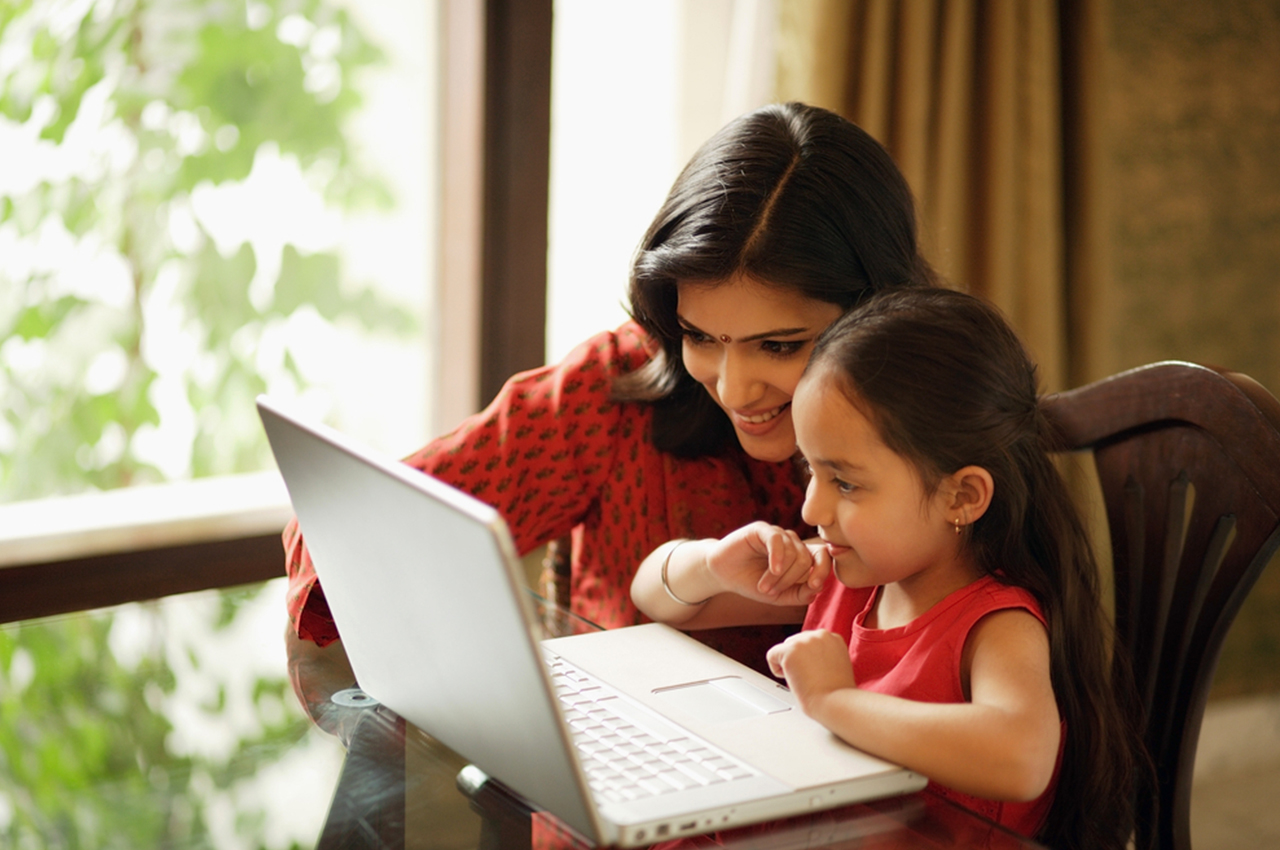SEO Purpose Tag
Homeschooling in India: Choosing the Right Learning Style for Your Child
By theclassofone / June 25, 2021
In recent years, homeschooling in India has gained momentum as parents seek personalised learning experiences for their children. With traditional schooling facing challenges such as rigid curriculums, large class sizes, and high-pressure environments, many families are turning towards homeschool education as a flexible and effective alternative.
Homeschooling allows children to learn at their own pace, explore subjects of interest, and develop critical thinking skills without the constraints of a standard classroom setting. The homeschool curriculum can suit the child's learning style, ensuring a more engaging and effective education.
While still relatively new in India, homeschooling is becoming more accepted, with parents embracing it as a way to provide high-quality, stress-free education. The key to success lies in choosing the right homeschool curriculum and learning style that aligns with the child’s strengths and interests.
What Are the Different Learning Styles in Homeschooling?
One of the biggest advantages of homeschool education is the ability to customise learning to fit the child’s needs. Every child learns differently, and understanding their learning style can help parents choose the best homeschool curriculum.
1. Visual Learners
- Learn best through images, charts, and videos.
- Benefit from graphic organisers, diagrams, and illustrated books.
2. Auditory Learners
- Retain information better through listening and discussion.
- Learn well with audiobooks, podcasts, and verbal explanations.
3. Kinesthetic Learners
- Prefer hands-on learning through movement and activities.
- Excel in experiments, physical activities, and real-world applications.
4. Reading/Writing Learners
- Learn best by reading and taking notes.
- Prefer text-based materials, workbooks, and journaling.
Identifying your child’s learning style helps in selecting an appropriate homeschool curriculum, ensuring they grasp concepts effectively while enjoying the process.
What Are the Best Homeschooling Methods?
There is no one-size-fits-all approach to homeschooling in India. Different families follow various methods based on their child's needs and their educational philosophy.
1. Traditional Method
- Follows a structured homeschool curriculum similar to mainstream schools.
- Ideal for parents who want a standardised learning experience.
2. Montessori Method
- Encourages self-directed learning through hands-on activities.
- Best for younger children who learn through exploration.
3. Unschooling
- Child-led learning is where kids explore topics based on their interests.
- Suitable for independent learners who thrive outside structured environments.
Choosing the right approach depends on the child’s personality, learning style, and academic goals. Many families experiment with different methods before settling on what works best.
How to Choose the Right Homeschool Curriculum?
Selecting a homeschool curriculum is a crucial decision that determines how effective homeschool education will be. Here are key factors to consider:
- Child’s Learning Style: Choose materials that match how your child learns best.
- Subjects and Interests: Look for curriculums that cover core subjects and extracurriculars.
- Accreditation and Recognition: Ensure the curriculum aligns with educational standards.
- Flexibility:Opt for a program that allows adjustments based on your child’s progress.
- Support and Resources: Online resources, live classes, and interactive tools enhance learning.
A well-structured homeschool curriculum ensures that children receive a balanced and comprehensive education while keeping them engaged and motivated.
What Are the Challenges of Homeschooling in India?
While homeschooling in India offers numerous benefits, parents may face certain challenges:
- Lack of Awareness:Many people are unfamiliar with homeschool education, leading to concerns about its effectiveness.
- Socialisation Concerns: Homeschooled children may have fewer opportunities for peer interaction.
- Parental Involvement: Parents need to dedicate time and effort to structuring lessons and tracking progress.
- Assessment and Certification:Homeschooled students may need to appear for open schooling exams like NIOS (National Institute of Open Schooling) or international qualifications.
Despite these challenges, homeschooling in India is a rewarding experience that allows children to thrive in a personalised learning environment. With the right homeschool curriculum and support system, these challenges can be effectively managed.
What Role Does Technology Play in Homeschooling?
Technology has transformed homeschool education, making it more interactive and accessible. Online resources, virtual classrooms, and e-learning platforms offer:
- Personalised learning experiences based on individual progress.
- Live classes and recorded lessons for flexible learning.
- Digital textbooks, educational apps, and online quizzes to enhance understanding.
- Global exposure through interaction with teachers and peers worldwide.
The best homeschool curriculum today integrates technology to make learning more engaging, ensuring students receive a well-rounded education from home.
How Can Parents Support Their Homeschooled Child?
Parents play a significant role in ensuring the success of homeschooling in India. Here’s how they can provide the best learning experience:
- Create a Structured Routine:Set clear study hours and goals.
- Encourage Independent Learning:Teach children to explore and research topics.
- Engage in Hands-On Activities:Use real-world applications to reinforce concepts.
- Connect with Other Homeschoolers: Join homeschooling groups for support and socialisation.
- Regular Assessments: Monitor progress through quizzes, tests, and projects.
A supportive home environment fosters a love for learning, making homeschool education more effective and enjoyable.
Why Choose The Class of One for Homeschooling in India?
When it comes to homeschooling in India, finding the right online education platform is key to a child’s success. At The Class of One, we provide a structured yet flexible approach to learning that supports students of all ages.
Why Parents Choose The Class of One:
- Comprehensive Homeschool Curriculum: Covering all essential subjects with interactive lessons.
- Live Online Classes:Experienced educators delivering quality education from home.
- Personalised Learning Plans:Tailored to match each student’s learning style and pace.
- Global Certifications: Aligning with national and international academic standards.
- Engaging Digital Tools: Advanced e-learning resources for better understanding.
At The Class of One, we make homeschool education accessible, flexible, and engaging, ensuring that students receive a high-quality learning experience without the limitations of traditional schooling.
